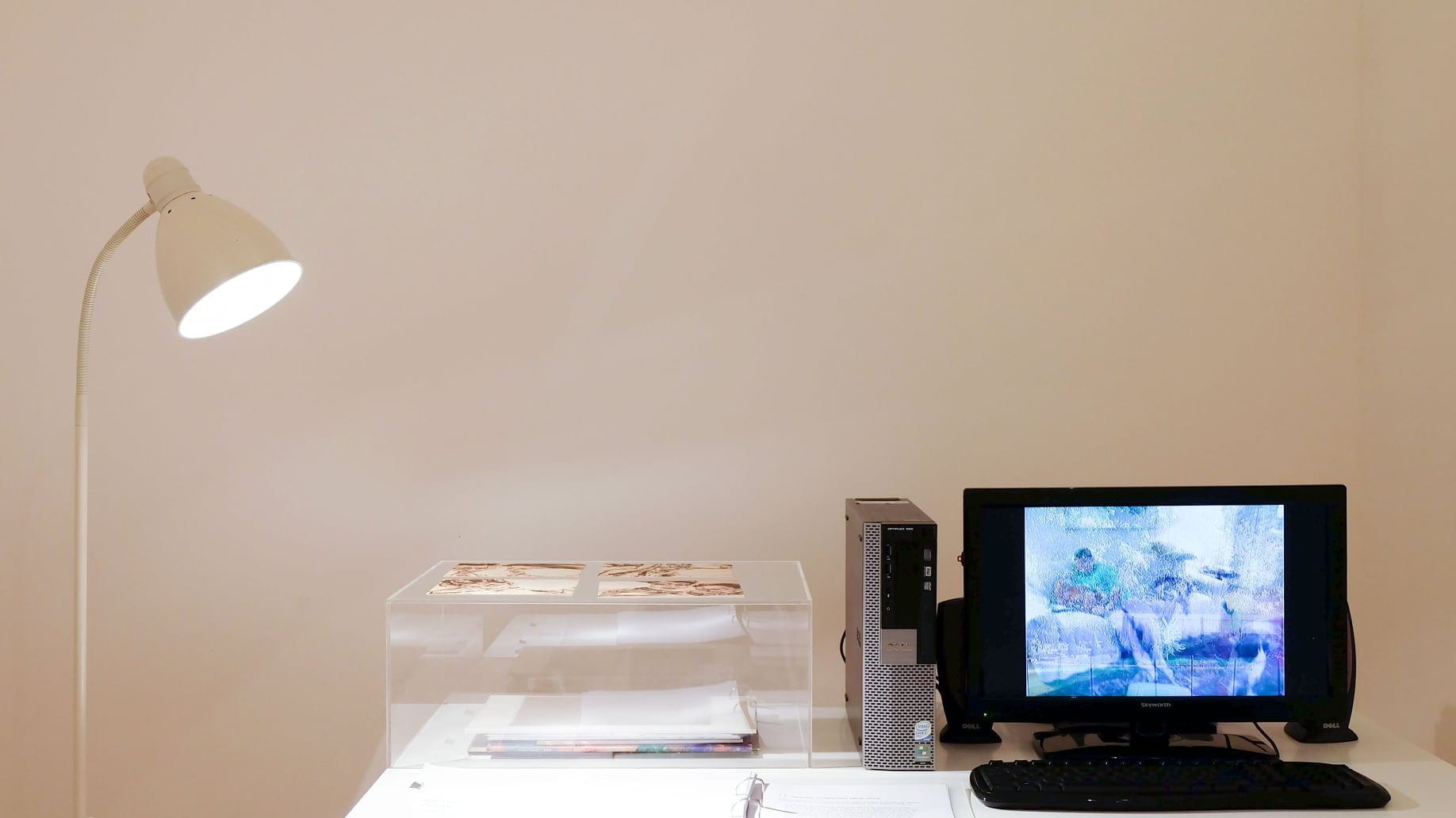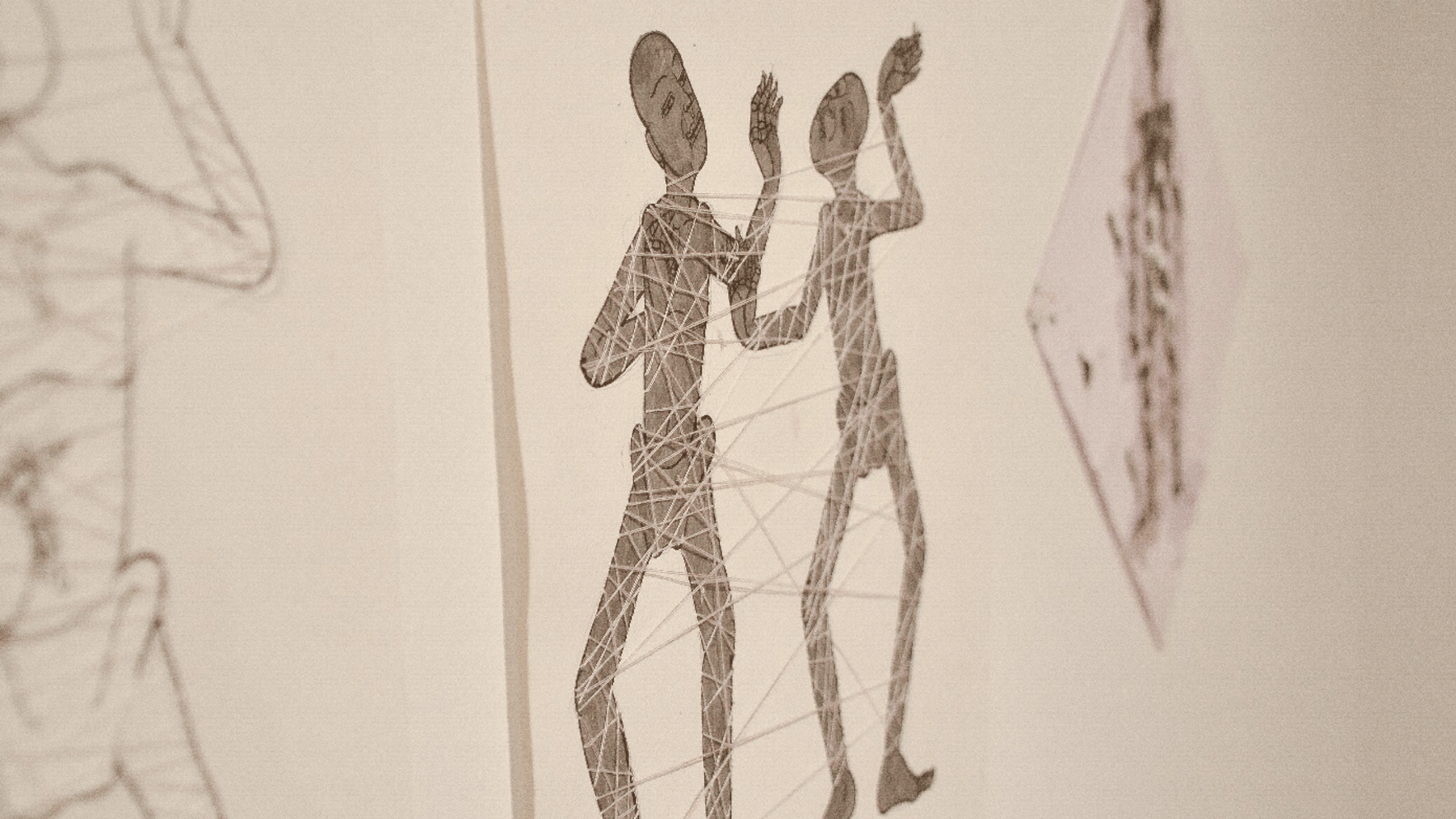Envisioned as a site for the exploration of curatorial methods and the development of content and scopes in the lead up to various upcoming projects, the prep-room allows audiences to observe the exhibition-making process, engage with the subject matter, and begin a sustained interest in the development of a project. Its primary tools of deployment are archival materials, artworks, and artefacts, activated by a mix of curators, researchers, artists and interns.
The first prep-room project was inaugurated in 2011, and while most projects are developed and evolve in the designated space at the NX3 Gallery on the first floor, some have been activated in other galleries or nooks within the Museum. In recent years, the prep-room steps past the threshold of its model as facilitator-driven or confined within a specific laboratory “workspace” in the NUS Museum. As it garners traction as a method, the prep-room takes on a complex framework of attending to the multidisciplinary ethos of museological practice. The generative current of this model allows scalable approaches when museum works interface with its immediate university community: playing on simultaneous duplicity as learner and facilitator. An inherently multidisciplinary and collaborative approach, the prep-room is tasked with scalability as the university museum pivots to digital-centred practices. While it finds liminal homes in training platforms and microsite, it also attempts to address circulation, access, and feedback concerns. Amidst the prep-room’s generous, open-ended framework, this presentation reckons with how the legibility of the engagements materialise and impact a university museum’s communities.
No prep-room is ever alike as they differ based on research, curatorial experiments, and visitor responses. Crucially, it is also the involvement of artists and academic collaborators during a prep-room’s lifespan that pushes projects in different directions. While not mandatory, they have been a key feature since the first project with Singaporean artist Charles Lim.
In May 2016, the concept became the first recipient of the UMAC Award from the International Committee for University Museums and Collections (UMAC), of the International Council of Museums (ICOM). The award recognised the initiative as a new kind of dialogic space; one that created new experiences where artists, curators, students, visitors and other partners could share in the creative process and witness the evolution of ideas.
On-going prep-room research is often also presented through programmes and roundtable discussions to relay current progress and draw in potential collaborators.




